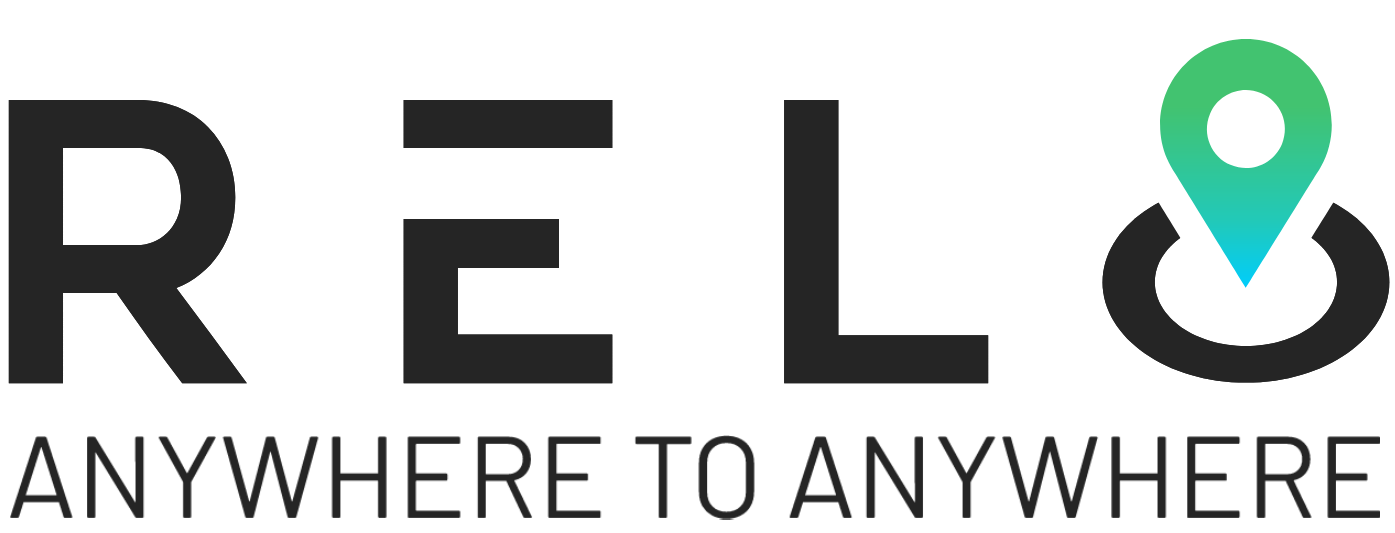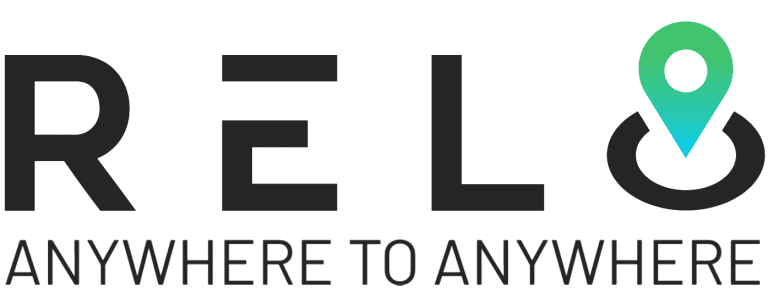Many countries and companies are adapting to support their workforce by offering various incentives. One such incentive gaining attention is the remote working allowance tax exemption. This allowance provides financial relief to employees working from home. They allow them to claim tax deductions for specific work-related expenses. It helps reduce the financial strain of setting up and maintaining a home office.
But what exactly is this tax exemption, how does it work, and who qualifies?
Let’s find out how tax exemptions can ease financial burdens for remote work.
What is Remote Working Allowance Tax Exemption?
Remote working allowance tax exemption is a tax benefit offered to employees who work from home. It allows workers to receive financial support for home office expenses without the added tax burden. This incentive helps employees manage the additional costs that come with remote work.
It allows them to receive an allowance from their employer to cover costs associated with remote working, such as –
- Internet bills
- Office supplies
- Utility expenses
- Furniture or ergonomic equipment
- Computer hardware and accessories for home office
- Software and digital tools
- Phone bills
- Printing and scanning costs
- Virtual workspace maintenance
- Home office setup fees
Without being taxed on that amount, employees save on out-of-pocket expenses.
This exemption aims to ease the financial burden on remote workers who face additional costs outside traditional office spaces. This benefit helps employees save money and encourages more companies to adopt flexible work policies. Reducing the financial stress of working fosters a more productive and supportive environment for workers and employers.

?Related – Remote Work vs. Office Work: Which Is Better for You?
How Does Remote Working Allowance Tax Exemption Work?
The tax exemption varies from country to country, but the general idea remains the same. Employers give their employees a fixed allowance, which covers costs directly related to establishing a home office or meeting any other need necessitated by the case of working from home. In many respects, such allowance, in specific taxation conditions, is allowed partial or complete exemption from income tax.
For this reason, employees would not have to declare it in their taxable income.
Here’s a basic breakdown of how it works –
- Employer-Provided Allowance – Companies have tax exemptions for remote working allowances to compensate employees for increased utility bills, paying for the internet connection, or buying office furniture at home.
- Tax Exemption – The amount provided may be in a category of exemption that will not have to appear as an income that needs to be reported by the employee.
- Employee Benefits – Employees can obtain economic relief while their tax burden does not rise.
Benefits of the Remote Working Allowance Tax Exemption
Providing remote working allowance tax exemption can significantly benefit both employees and employers. These tax exemptions offer financial relief and encourage a more productive, engaged workforce. Easing remote work expenses helps companies boost employee satisfaction and retention.
Here’s a closer look at the key benefits –
- Attracts Top Talent – A company offering work-from-home allowances as a benefit may benefit skilled professionals. Allowing such facilities means that the company respects life away from work and employee well-being, too, thereby instantly making it more beautiful in the competitive job market.
- Improves Employee Retention – Offering financial support through tax-exempt allowances can increase employee satisfaction and loyalty. Employees are more likely to stay with companies that support remote work expenses, lowering turnover. It fosters a stable, engaged workforce and improves performance.
- Encourages Remote Work – Companies may encourage more staff to work at home by offering tax-exempt allowances to save on overheads like office space and utilities. It may also have implications for excellent work-life balance enjoyed by the staff, hence better job satisfaction and retention.
- Simplifies Tax Filing – Offering financial support through tax-exempt allowances can increase employee satisfaction and loyalty. Employees are likelier to stay with companies that help them manage remote work expenses, reducing turnover rates. It fosters a stable, engaged workforce and boosts performance.
Who Is Eligible for Remote Working Allowance Tax Exemption?
The eligibility for the remote working allowance tax exemption does vary from employer to employer, not to mention country-specific tax regulations. Generally, it applies to full-time employees who consistently work from home. Examples of costs covered by this allowance include setting up a home office for business operations, like internet service, utilities, and office supplies.
About 70 per cent of employers in remote-friendly industries provide a remote work allowance, typically from $50 to $150 per month. Many companies establish eligibility requirements based on the percentage of time an employee spends working remotely, with most setting the eligibility threshold at 50 per cent of work hours done at home.
Below are critical factors in eligibility determination –
| Eligibility Factor | Requirement |
| Employment Status | Full-time or part-time remote workers |
| Remote Work Percentage | At least 50% of work hours completed from home |
| Covered Expenses | Internet, utilities, office supplies, home office setup |
| Average Allowance | $50 – $150 per month |
| Industry Prevalence | 70% of remote-friendly employers offer allowances |
Employees are encouraged to consult their HR departments to understand the specific criteria and amounts offered for remote work allowances.
The Common Eligible Expenses
Not all expenses qualify for a tax exemption under the remote working allowance. Several work-related costs directly tied to maintaining a functional home office may be eligible. Knowing which expenses qualify can help remote workers maximize their benefits while avoiding unnecessary claims.
Generally, allowable expenses include –
- Home office equipment – Desks, chairs for remote work, and other necessary furniture.
- Internet and communication bills – These cover the costs of staying connected for work purposes, such as internet fees and remote work communication tools.
- Utility bills – Claim a portion of your heating, electricity, and water bills if they directly relate to your home office space.
- Office Supplies – This includes stationery, printers, and other work-related materials essential for remote work and completing daily tasks in a home office setup.
- Work-specific software or tools: Subscriptions or software directly used for business operations.
- Maintenance and repair: Any minor repairs or upgrades necessary to keep the home office functional for work.
?♀️ Also read – The 35 Best Sites for Find Remote Work Jobs Online in 2024
Where Are Remote Working Allowances Available?
Tax Allowances are available in various countries that recognize the growing need for financial support as more employees work from home. In the United States, for example, nearly 42% of companies provide remote working allowance tax exemption to help cover costs like internet, utilities, and office supplies. The UK government offers a tax relief of up to £6 per week for remote employees.
In Germany, for example, employees can deduct up to €600 per year in home office expenses. Other countries like Canada, the Netherlands, and Australia have also done so to make remote work less expensive. The availability and amount of these allowances vary by country, with some countries offering direct employer reimbursement expenses while others provide tax exemptions or deductions.
Employees must consult local tax laws or their employer’s HR department to understand what benefits they qualify for.

How Are Remote Working Allowance Tax Deductions Calculated?
Different methods are used to calculate remote working allowance tax deductions, depending on the country’s tax rules. These methods typically include the shortcut, fixed-rate, and actual cost methods. Each approach offers varying levels of simplicity and accuracy, with some requiring more detailed records of expenses.
The correct method affects your deduction amount, so understanding the guidelines is crucial.
Let’s see the standard methods –
1. Shortcut Method
This method allows a flat rate per hour worked from home. For example, you may claim $0.50 per hour worked from home in some countries.
If you work 40 hours per week remotely for 48 weeks in a year, the calculation would be –
40 hours x 48 weeks x $0.50/hour = $960 deduction for the year.
It’s a simple option, ideal for those who prefer less paperwork. It may result in a lower deduction than more detailed methods, but it offers convenience for employees with minimal home office expenses. This method is often best suited for short-term or occasional remote workers.
2. Fixed-Rate Method
Some countries provide a fixed monthly or weekly rate to cover home office expenses.
For instance, if the fixed rate is $20 per week for home office use, the annual deduction would be –
$20 per week x 52 weeks = $1,040 deduction for the year.
This method simplifies calculations and removes the need to track individual expenses. It’s an excellent choice for those with consistent, predictable home office costs. It may not fully cover the higher expenses some remote workers incur. They strike a balance between simplicity and potential deductions.
3. Actual Cost Method
This method requires tracking and documenting the actual costs related to your home office. For example, your internet bill is $100 monthly, and 50% of its use is for work.
Over a year, the work-related internet cost would be –
$100 per month x 12 months = $1,200
50% work-related usage = $600 deduction for internet costs.
This method has the potential for more significant deductions, but record-keeping is more detailed. It is ideal for those with higher home office expenses who want to maximize deductions. Preparation and filing may be more time-consuming to achieve accuracy.
You can also include a portion of utilities like electricity.
If your annual electricity bill is $2,400, and your home office occupies 10% of your house, you could claim –
$2,400 x 10% = $240 deduction for electricity costs.
Each method has its advantages. The shortcut and fixed-rate methods are more straightforward but may offer lower deductions, while the actual cost method can result in a higher deduction but requires detailed documentation.

How Do You Apply for a Remote Working Allowance?
The process for claiming the tax exemption can vary depending on the employer and the country’s tax policies. Make sure to gather all necessary documentation for work-related expenses. Submit these records through your company’s designated process or when filing your taxes.
Here are the general steps –
- Document Your Expenses – Keep detailed records of your home office expenses, including bills, receipts, and invoices for purchases related to your work setup.
- Check with Your Employer – Employers may automatically provide the allowance, and in some cases, they may handle the tax exemption on your behalf.
- File with Your Taxes – If the allowance is taxable, report it in your annual tax filing, and then apply for any applicable deductions for remote working costs.
- Consult a Tax Advisor – For complicated cases or to ensure you’re maximizing your tax benefits, consult with a tax professional familiar with the local regulations on remote work.
- Review Company Policy – Familiarize yourself with your company’s policies regarding remote work allowances to ensure compliance.
- Submit Your Claims Promptly – Ensure you submit your claims and documentation within any deadlines set by your employer or tax authorities to avoid missing out on potential deductions.
Recommended read – The Best Tools and Apps for Remote Workers Managing Rental Properties
Challenges and Considerations
While the remote working allowance tax exemption is valuable, you should know the potential challenges. You can navigate these obstacles with proper preparation and a proactive mindset and fully leverage your remote work benefits. Staying informed and adaptable will empower you to maximize your remote working experience.
Here are some common challenges, along with practical solutions –
1. Country-Specific Regulations
Tax exemption rules vary widely between countries; some may not offer the same benefits or allowances. Knowing these significant differences could be very important in helping maximize your general potential tax savings. Laws change quickly; hence, keeping pace with current tax laws is crucial to remaining compliant.
Solution – Research local tax laws or consult a tax professional to understand what applies in your jurisdiction.
2. Documentation
With the exemption in mind, one must maintain tight expense records. It is time-consuming. Missing documentation can disallow your claims, so you are supposed to keep detailed records. You should organize your expenses throughout the year so that it may ease the process of tax filing.
Solution – Use expense tracking apps or software to streamline the documentation process and ensure you capture all eligible costs.
3. Employer Participation
Not all employers offer a remote working allowance tax exemption, and some may have different policies about what qualifies for the exemption. This variability can create confusion for employees trying to understand their eligibility. It’s essential to communicate with your employer to clarify available benefits.
Solution – Discuss your situation with your HR department to explore options and clarify any uncertainties regarding your eligibility.
4. Understanding Allowable Expenses
Employees may be unclear about which expenses qualify for the exemption. Misunderstanding the guidelines can lead to missed deductions or incorrect claims, impacting your tax savings. It’s crucial to grasp what qualifies to maximize your benefits. Clarifying these details can improve your financial goals and outcomes.
Solution – Familiarize yourself with your country’s guidelines, and consult your employer or a tax advisor to understand what you can claim.
As a Final Thought
The remote working allowance tax exemption is a significant financial benefit for employees working from home. They allow them to offset the additional costs of remote work. Tax-exempt allowances help companies reduce remote workers’ financial burden. It also encourages a productive and comfortable work environment. Knowing how the tax exemption works and who qualifies is critical to maximizing benefits.
If you work remotely, check with your employer or tax advisor about qualifying for the tax exemption.
Maximize Your Remote Work Benefits with Relo.AI
Relo.AI is here to help you access the benefits, guide you through the details, and ensure you claim what you’re entitled to.
Don’t let savings pass you by. Let us worry about the details as you go about your work! ??
Schedule a consultation with us and optimize your remote work and relocation experience.











